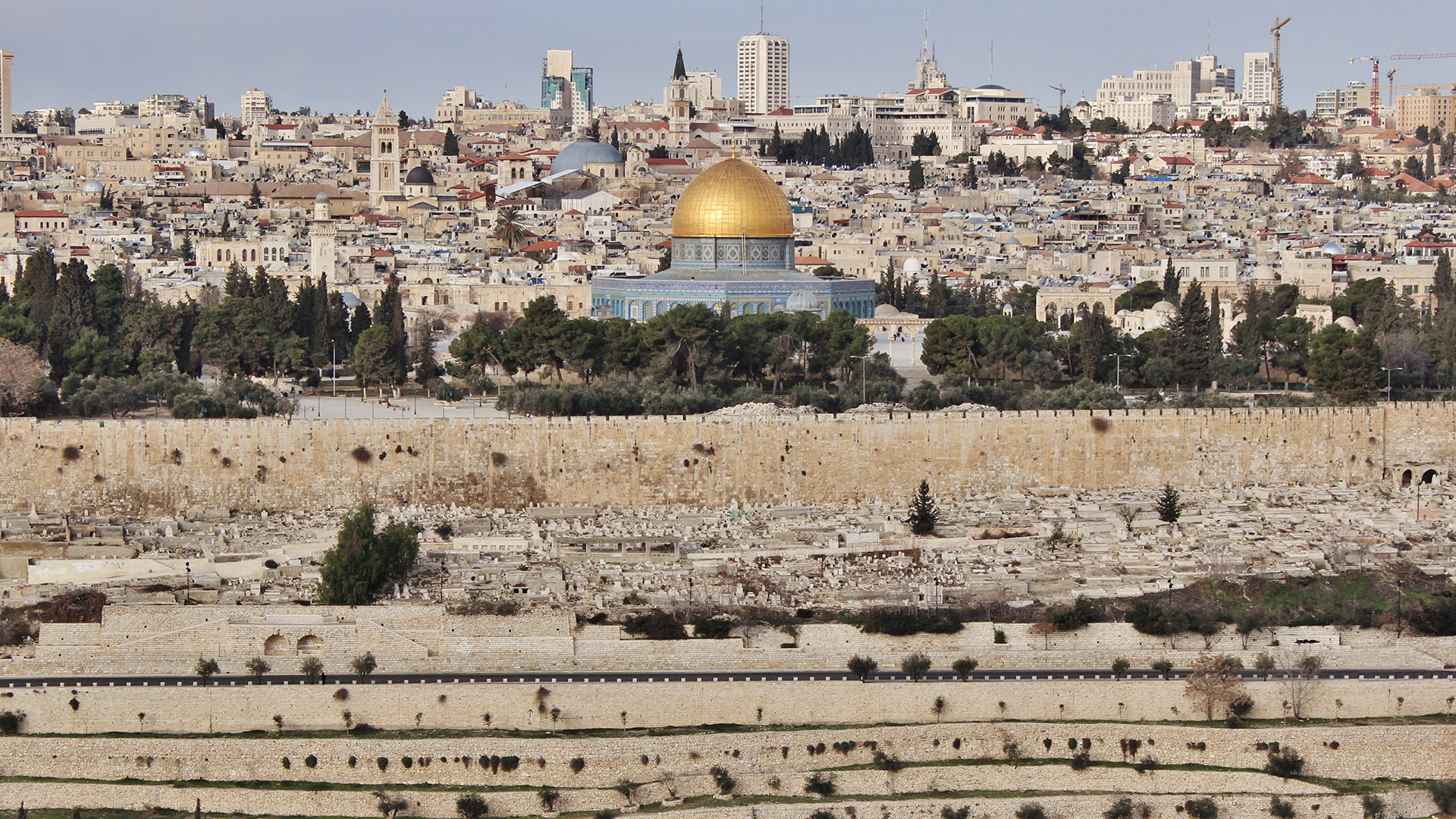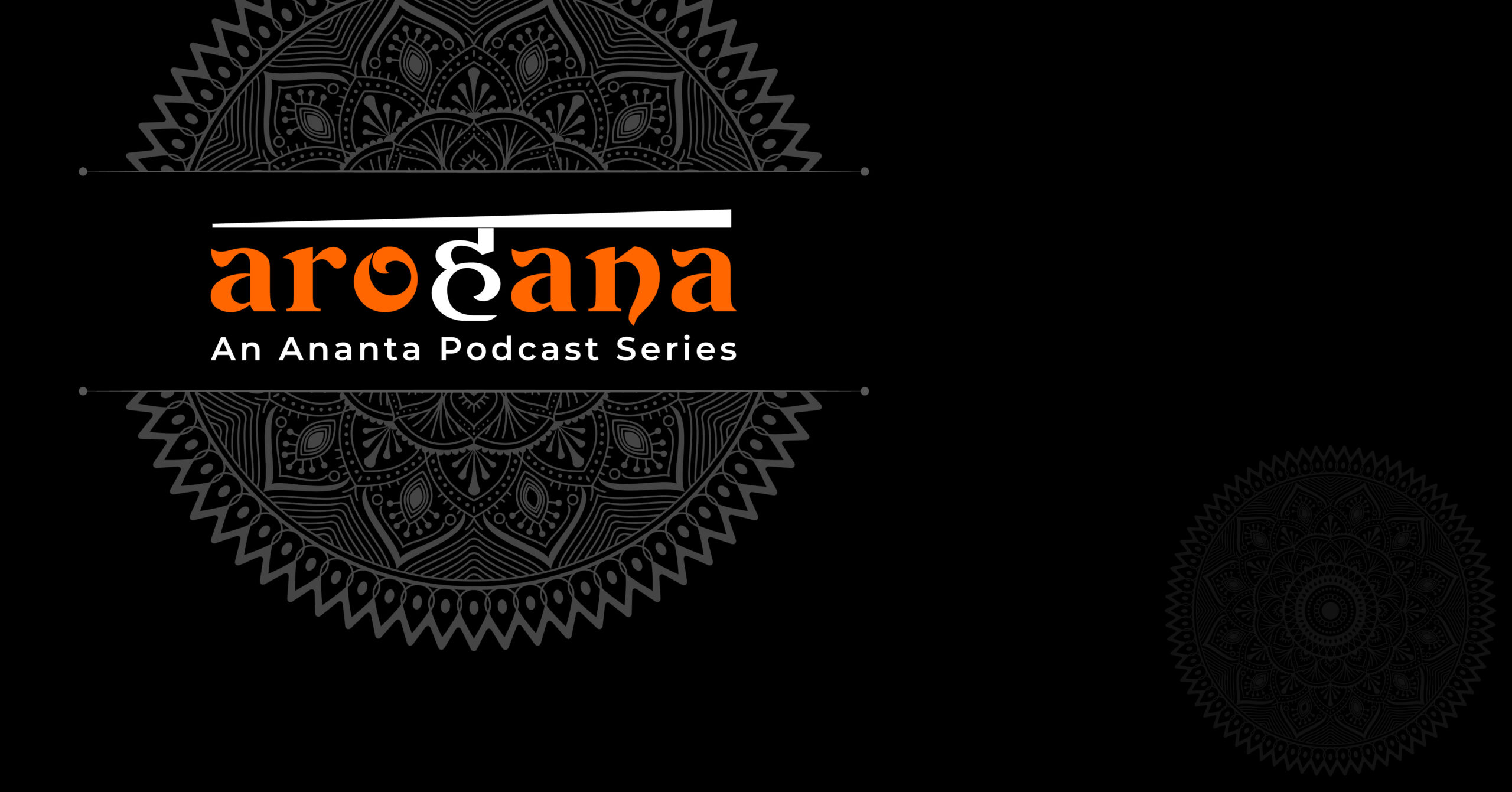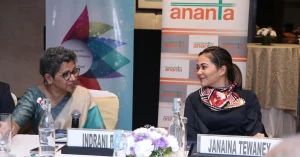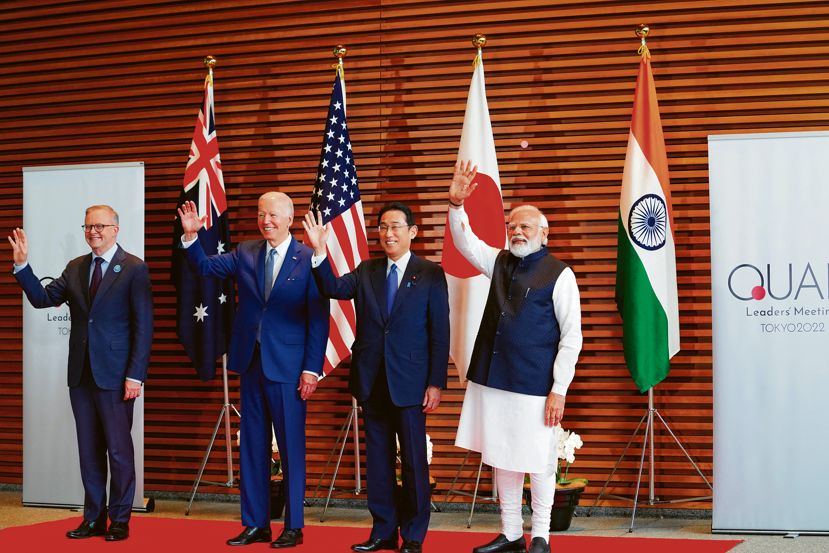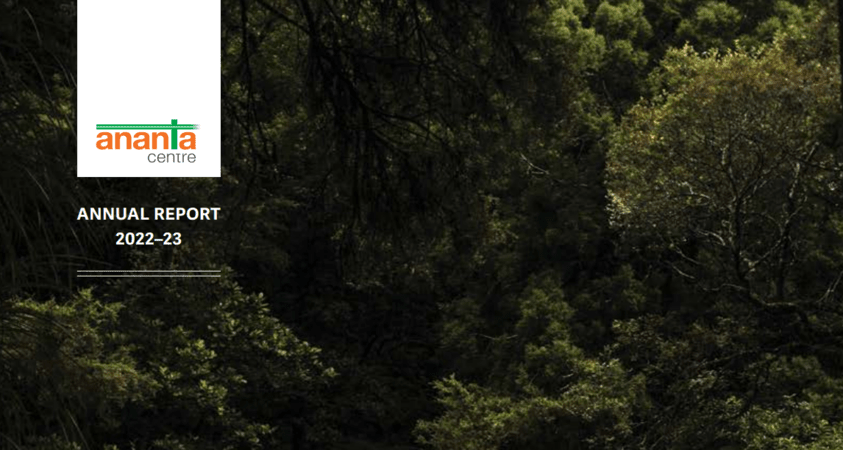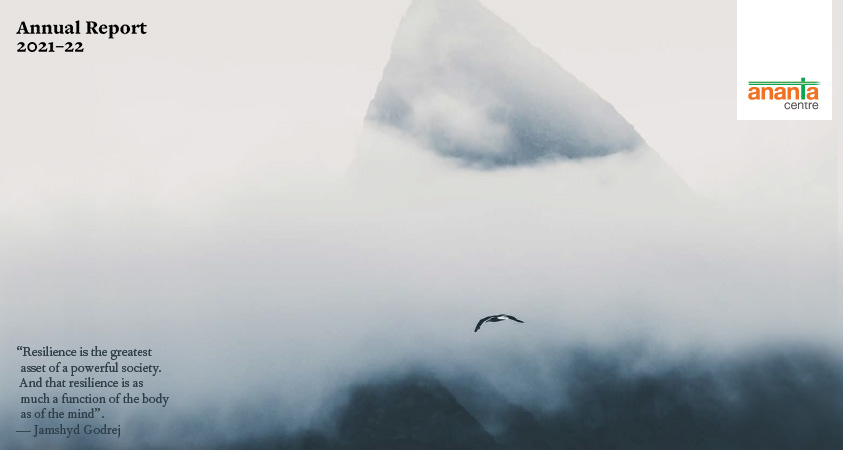A year ago, I wrote about Operation Breaking Dawn and noted that the absence of Hamas on the battle ground was a realpolitik move. Watching from the sidelines, Hamas gave the impression that Israeli appeasement policy was working when in fact it was a perfect ruse to eliminate any threat or challenge to their leadership in Gaza, in this case the Palestinian Islamic Jihad. Subsequently PIJ attached Israel in May 2023 firing 100 rockets into the city. The same narrative followed.
PIJ attacked. Israel assassinated its senior leadership in a secret op. Egypt brokered peace. On the 7th of October, as Israel woke up to mark the 50th Anniversary of Yom Kippur war, Hamas launched its fifth attack in fifteen years. The scale and proportion of this conflict is yet to be ascertained but there is no new story to tell here. There is no new threat uncovered. Israel’s security apparatus and its reputed cloak of invincibility is in question and requires a humble re-assessment. More importantly the time is ripe to re-look at the Islamist Movement controlling the Gaza strip.
Sensationalised research and reporting limits the understanding of an Islamist Movement. It’s redundant to discredit Hamas based on ideology alone as it is also a Movement that has systematically navigated foreign policy with state players. In her seminal work, Leila Seurat examines the Islamic Movement’s use of ideology to serve its political reality. This defence of interests while mobilising ideology looked to protect the groups structures while also following a certain ‘Islamic norm’ that principally mobilized on important days. Seurat identifies four historical markers that caused substantial changes in the Islamic Movements “interests, ideology and decision-making process.” The first was the 2006 parliamentary election, where Hamas won majority seats, a testimony of its growing popularity in the strip. The election was held after Israel withdrew from Gaza in 2005, and Hamas along with several political factions signed the Cairo agreement which implied truce with Israel. The second in 2007, when Hamas seized complete control over Gaza strip, the third marker with the Arab Spring, the rise and fall of the Muslim brotherhood and its eventual detour back toward Iran. And finally, the 2014 offensive by Israel, obligating Hamas to renege on its agreement with Fatah that it would transfer control of the Gaza strip to Ramallah’s Palestinian authority. Armed confrontation between Hamas and Israel coincides with these historical markers. Starting in 2008-09, 2012 and 2014.
The launch of the March of Return in 2018 which meant to commemorate seventy years of the expulsion of Palestinians from the state of Israel led to two important moments of confrontations in 2018 and 2019. These confrontations between Israel and Hamas led to a renewed urgency to finalise a long-term agreement. However, subsequent developments, Trump administrations “Peace to Prosperity” plan (rejected by the Palestinians), the signing of the Abraham Accords and the court order to evict several Palestinian families living in Sheikh Jarrah soured relations. The court order led to days of violence during the holy month of Ramadan. Israeli forces responded with violence using stun grenades and water cannons while Hamas launched 100 rockets into Tel Aviv. After eleven days of fighting Egypt brokered peace.
2022 saw a sharp rise in confrontations between Israel and the Islamic Movement eroding all hope for a long-term solution. Policies of Israel’s new right-wing government, the continuous siege of the Al Aqsa mosque through 2023 followed by one of Israel’s biggest military operations in Jenin and frustration among Palestinians permitted Hamas to respond aggressively.
The surprise attack by Hamas fits perfectly into the larger canvas of their ideology. While they are aware of Israel’s military prowess, they will continue to command a war of attrition against Israel until its extinction. Hamas does not believe in a two-state solution so any confrontation with Israel is a step forward for the Islamic Movement. This is not new information for Israel. Naysayers have consistently warned the state to pursue a structured policy of demilitarization in Gaza. In a policy paper authored by Yossi Kuperwasser in June 2023, the former Brigadier General noted that “Israel has defined its goals vis-à-vis Gaza as achieving the longest possible intervals of relative calm between major eruptions of violence without challenging Hamas’s rule over the Strip.” He views this policy as flawed as this would grant “Hamas the self-confidence to develop its military and terror capabilities, increase its power in the Palestinian political arena, and, worst of all, condemn Israelis- especially those living in the vicinity of the Gaza Strip-to persistent threats from Hamas terrorists.” He takes it further by critiquing Israel’s mown the lawn Gaza policy and that her strategy “advocating Hamas’s rule over Gaza as an asset” is a time ticking bomb. Kuperwasser’s paper was a desperate call for Israel to change its operative tactics in Gaza before any major conflict hurt Israel.
Kupperwaiser called it. Armed paragliders swooped in without detection and drones were used to destroy Israeli surveillance. The sophistication and scale of the Hamas attack surprised the international community with its use of low tech and coordinated attack. The fact their systems went undetected by Israeli intelligence and the shocking breach in the high-tech security barrier is a security lesson for states that are highly regarded for their security and intelligence services. What was more surprising was the time it took for Israel to respond. Around four hours passed before Israeli fighter jets struck Gaza. Rescue operations took a lot longer as certain cities in Southern Israel waited for over 20 hours before the army arrived. By then IDF identified 80 breaches along the fence, estimating that around 800-1000 Palestinian militants infiltrated Israel attacking 20 communities and 11 IDF bases.
In the 2021 Gaza war, a joint operations room set up by Hezbollah and Hamas allowed the latter to access strategic know-how even in the event of it going to war alone. An INSS report suggests that Hezbollah has about 40,000 Grad type rockets with a short range of 15-20 km, about 80,000 Fajr 3 and 5, Khyber, or Ra’ad 2 and 3 medium-long range rockets – up to 100 km, and about 30,000 rockets and long-range Zelzal or Fatah 110 (M600) missiles – to 200-300 km. The presence of the Houthis in the conflict could risk a coordinated attack depending on several causations potentially leading to a multi-front escalation in the region leading to more death and destruction.
A high stakes game is underway with Israel moving ahead with a ground offensive in Gaza, but will this incursion potentially wipe out Hamas off the face of the earth? And would this mean an Israeli occupation in Gaza? Israel’s policy of appeasement toward Gaza now subject to strategic evaluation will posture an unemotive stance. However, the rise in hate crimes toward the Arab community in light of the ongoing war signals the need of a humane and mature leadership to craft out a distinct policy of co-existence. A policy rooted in strengthening the security of the state while guarding the rights, ideas, and hopes of the Palestinian and the Arab communities in Israel. This predicament is not new to Israel, yet she will have to unlearn and relearn to navigate a peaceful post-war future in the region and beyond.
Maria Elizabeth Joseph leads the West Asia and Europe portfolios at the Ananta Centre. You can reach her at maria.joseph@anantacentre.in.

